Wealth and prosperity don’t always stand the test of time. Throughout history, countless cities and towns have experienced spectacular rises to riches, only to face dramatic falls into obscurity.
Some of these places were once filled with luxurious mansions, thriving businesses, and streets that practically sparkled with gold. Their stories serve as reminders that even the mightiest economies can crumble.
Time has a way of changing fortunes, turning once-bustling centers of wealth into quiet shadows of their former glory. Let’s explore these forgotten places that tell fascinating tales of boom and bust.
Kolmanskop, Namibia
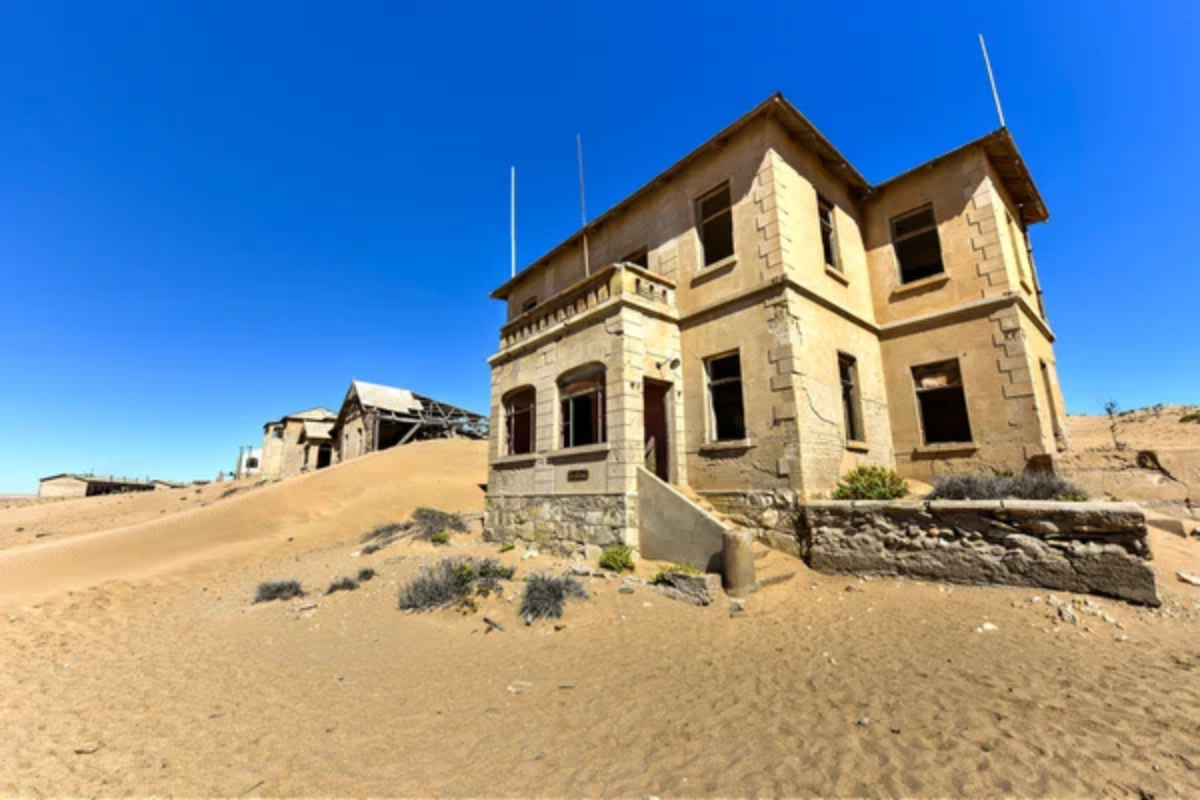
The sandy streets of this desert ghost town once housed the wealthiest diamond mining community in Africa. Local miners struck it rich in 1908, building a German-style town with a grand ballroom, casino, and the first tram system in Africa.
Through its heyday in the 1920s, residents enjoyed ice cream made from ice blocks shipped across the Namib desert and held champagne parties in their elegant homes. Today, the desert has reclaimed Kolmanskop, with dunes filling the empty mansions and covering what was once the richest town per capita in the world.
Virginia City, Nevada, USA
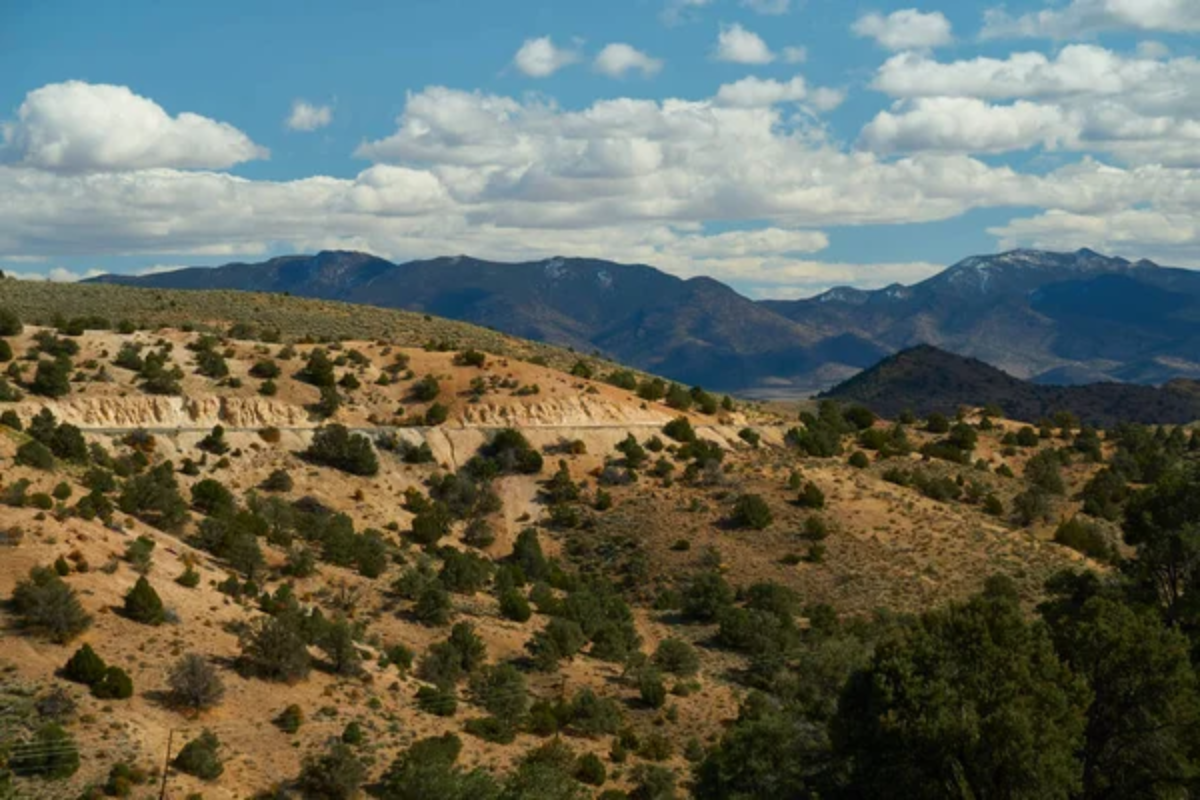
This mountain town struck gold with the discovery of the Comstock Lode in 1859, becoming one of the wealthiest cities in America. Virginia City’s mine owners built opera houses, imported French furniture, and sent their laundry to be cleaned in China.
The city’s silver mines produced over $300 million in precious metals, equivalent to billions in today’s money. Less than 1,000 people call this former boomtown home, with old saloons and historic buildings, as quiet reminders of its glorious past.
Like Travel Pug’s content? Follow us on MSN.
Fordlandia, Brazil
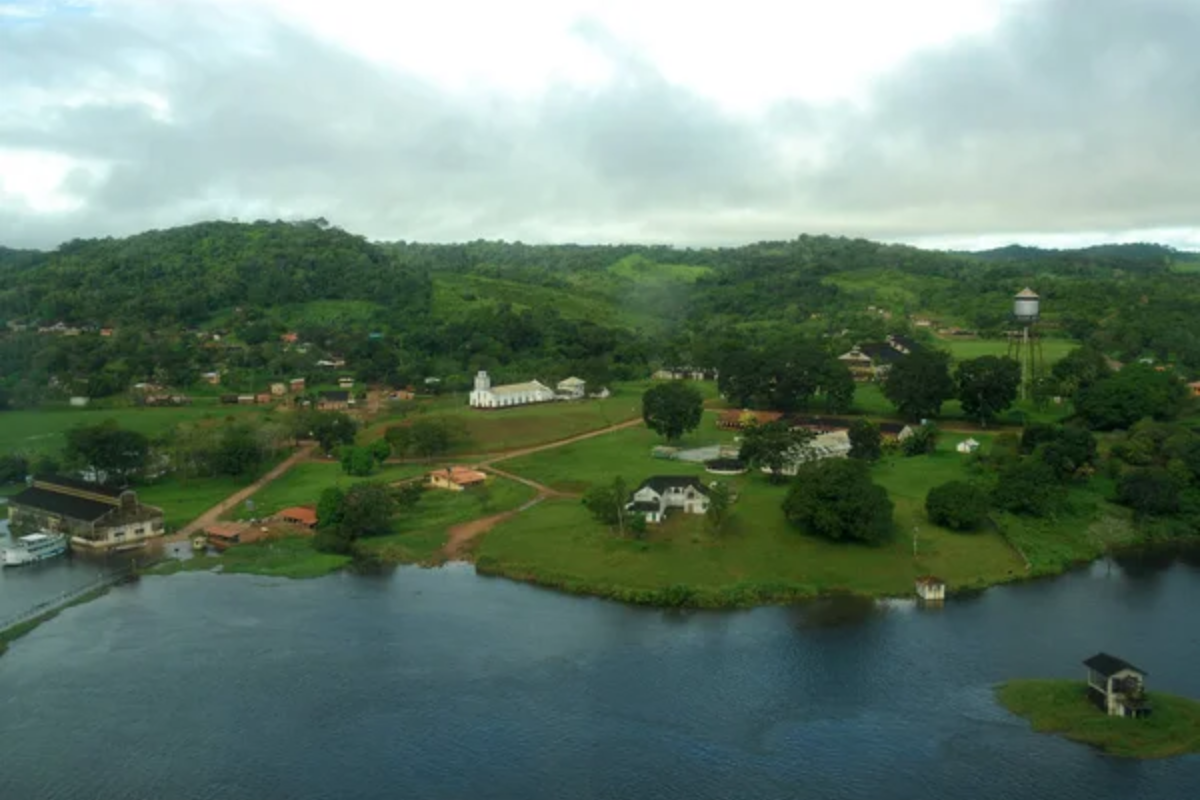
Henry Ford poured millions into creating this rubber-producing paradise in the Amazon rainforest during the 1920s. The town featured American-style homes, swimming pools, and even a golf course for its workers.
Workers received the highest wages in the region and enjoyed modern amenities that were rare in the Amazon then. Today, the crumbling buildings and rusted machinery testify to Ford’s failed $20 million experiment in creating an American utopia in the jungle.
Hashima Island, Japan
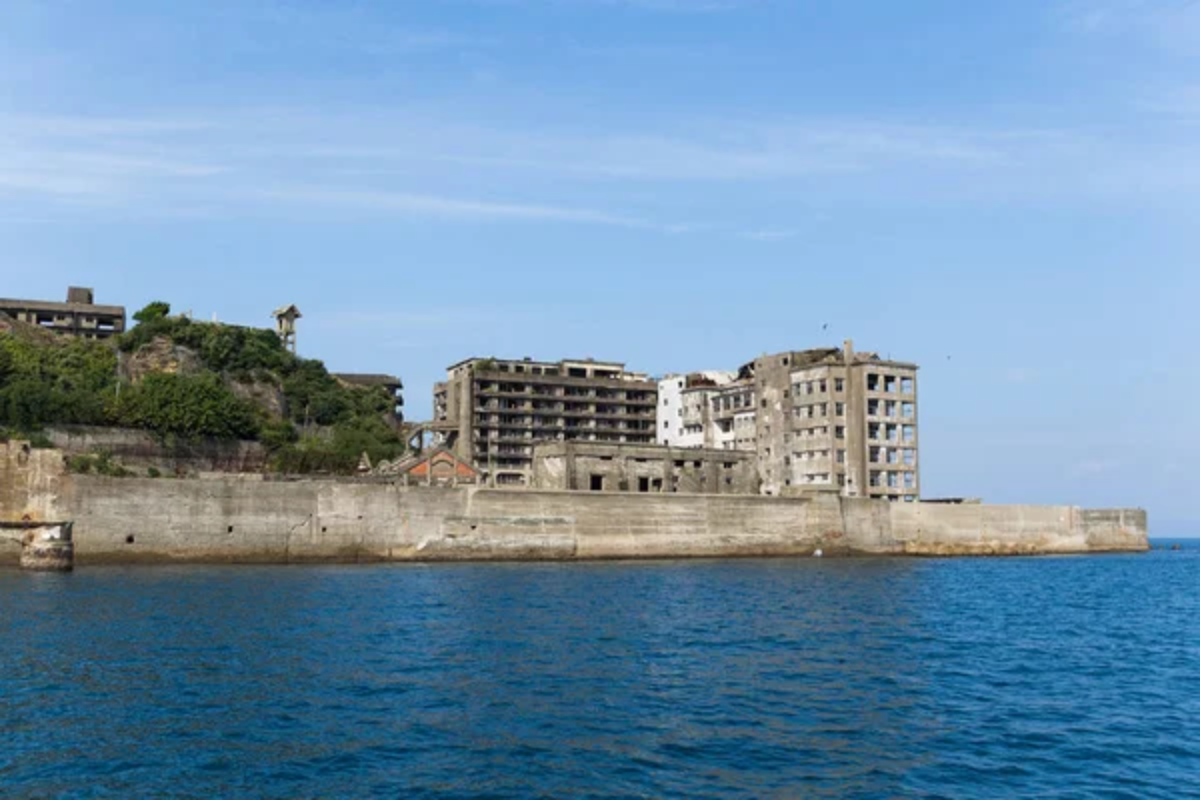
This tiny island near Nagasaki once held the highest population density on Earth, housing wealthy coal mining families in concrete high-rises. Workers earned triple the average Japanese salary, enjoying modern appliances and the country’s first mechanized washing machines.
The island’s concrete buildings made it look like a battleship, earning it the nickname ‘Battleship Island.’ When petroleum replaced coal in Japan’s economy in 1974, the island emptied virtually overnight, leaving behind a stark concrete skeleton.
Ouro Preto, Brazil
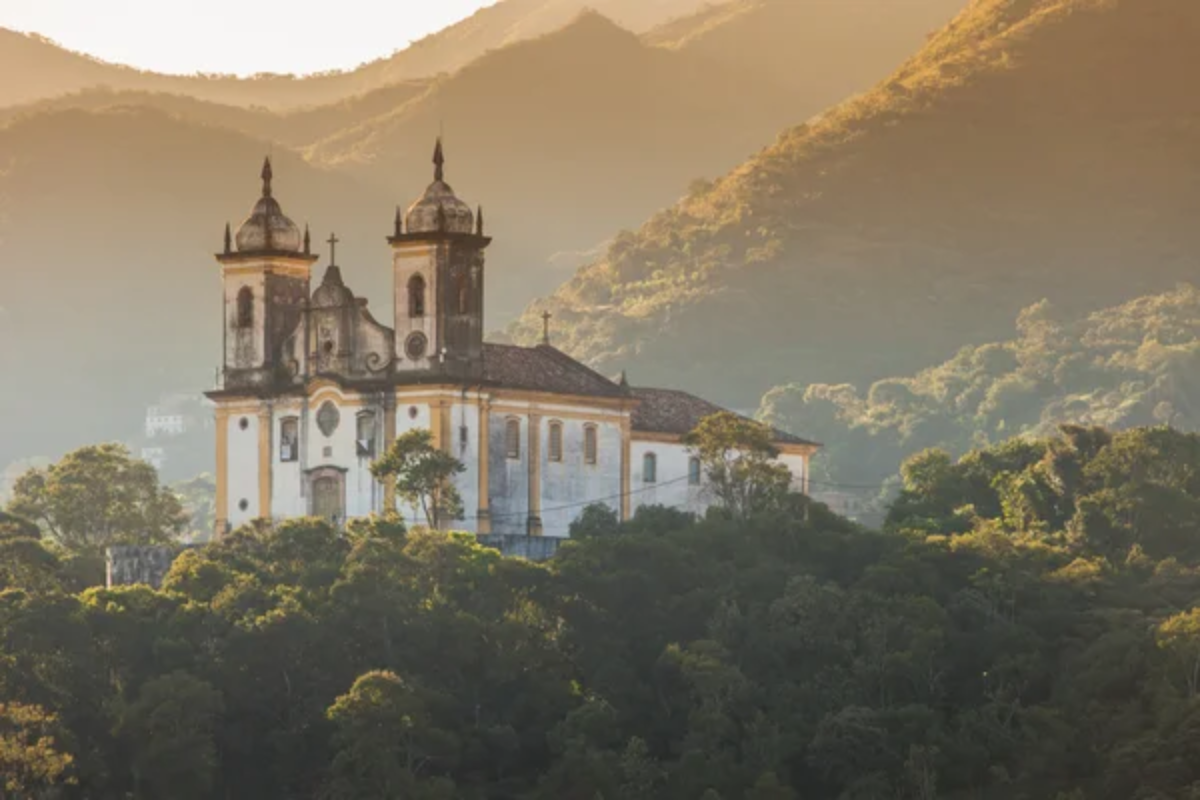
Once richer than London in the 18th century, this Brazilian gold mining town funded Portugal’s royal court for decades. The city’s wealthy residents built baroque churches with gold-lined walls and commissioned works from the finest European artists.
Local legend says the streets were cleaned with water mixed with gold dust. While still inhabited, the city has lost its former glory, with many ornate buildings falling into disrepair.
Like Travel Pug’s content? Follow us on MSN.
Gary, Indiana, USA
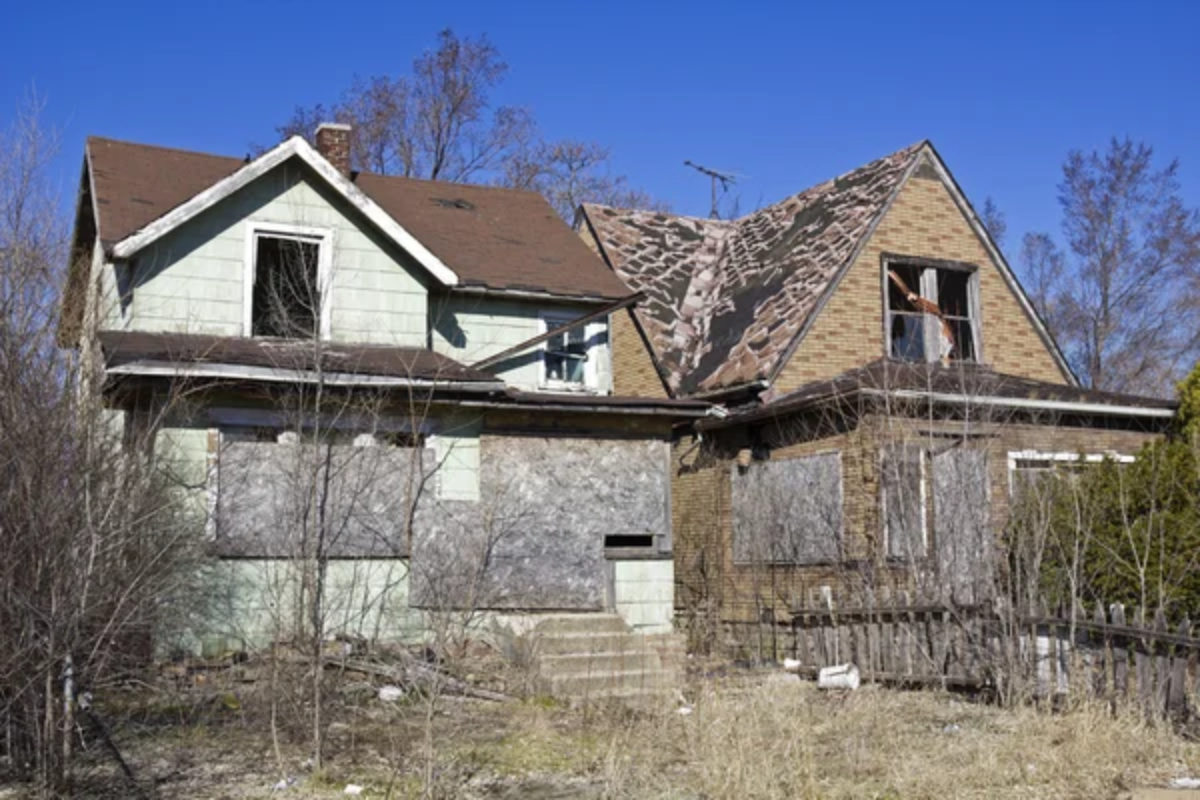
Known as the ‘Magic City’ in the early 1900s, Gary was built from scratch by U.S. Steel and quickly became one of America’s richest industrial centers. The city boasted luxury hotels, theaters showing first-run movies, and the nation’s first million-dollar high school.
Steelworkers earned wages that could afford them new cars and modern homes. The city now struggles with abandoned buildings and a shrinking population, as the steel industry’s decline turned this boom town into a shadow of its former self.
Pripyat, Ukraine

Before the Chornobyl disaster, this Soviet city was among the wealthiest in the USSR. It was home to nuclear power plant workers earning top government salaries. The model city featured modern apartments, an amusement park, and the region’s largest swimming pool.
Residents enjoyed special access to luxury goods rare in the Soviet Union. The city now stands frozen in time, its abandoned buildings serving as a haunting reminder of the day everything changed in 1986.
Kennecott, Alaska, USA
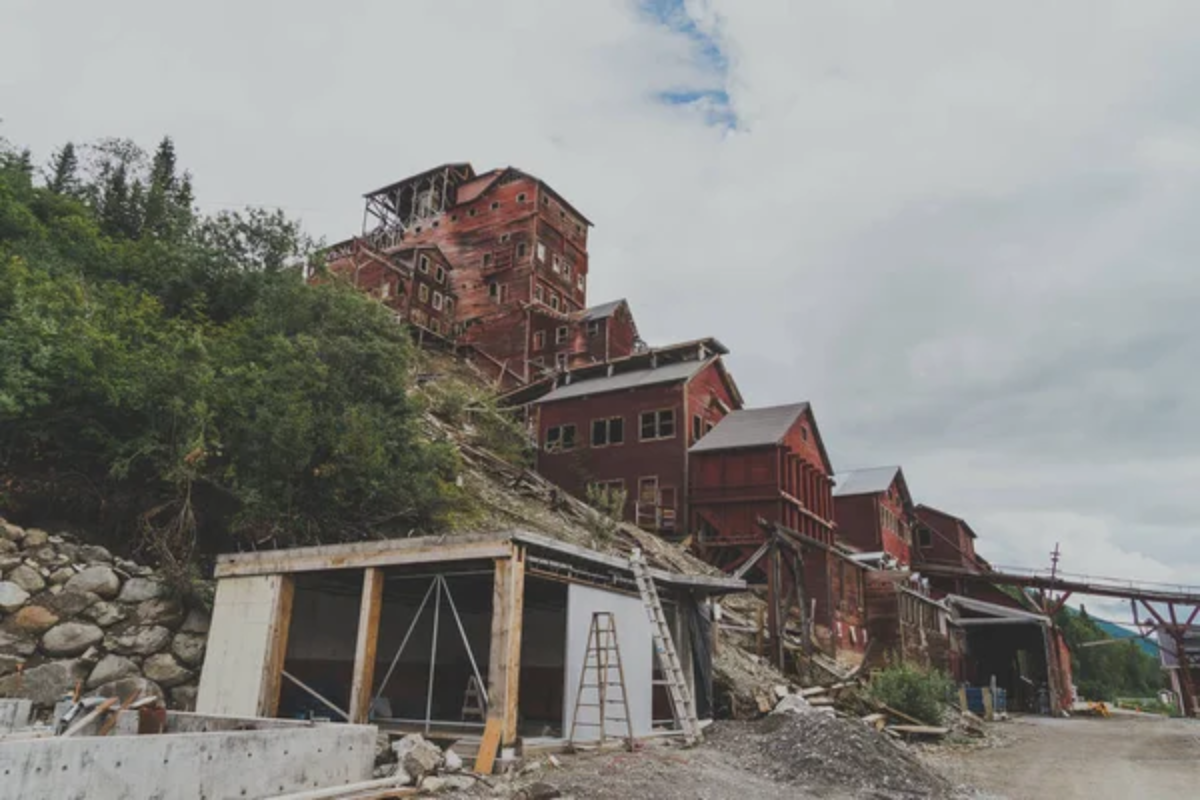
This copper mining town once produced millions of dollars worth of ore and was home to the world’s richest known copper deposit. The mining company built a self-contained town with amenities unusual for its remote location, including a hospital, school, and tennis courts.
Workers earned the highest wages in the mining industry, often saving enough to retire after just a few years. The abandoned mill town now sits as a National Historic Landmark, its red buildings stark against the Alaskan wilderness.
Like Travel Pug’s content? Follow us on MSN.
Wittenoom, Australia
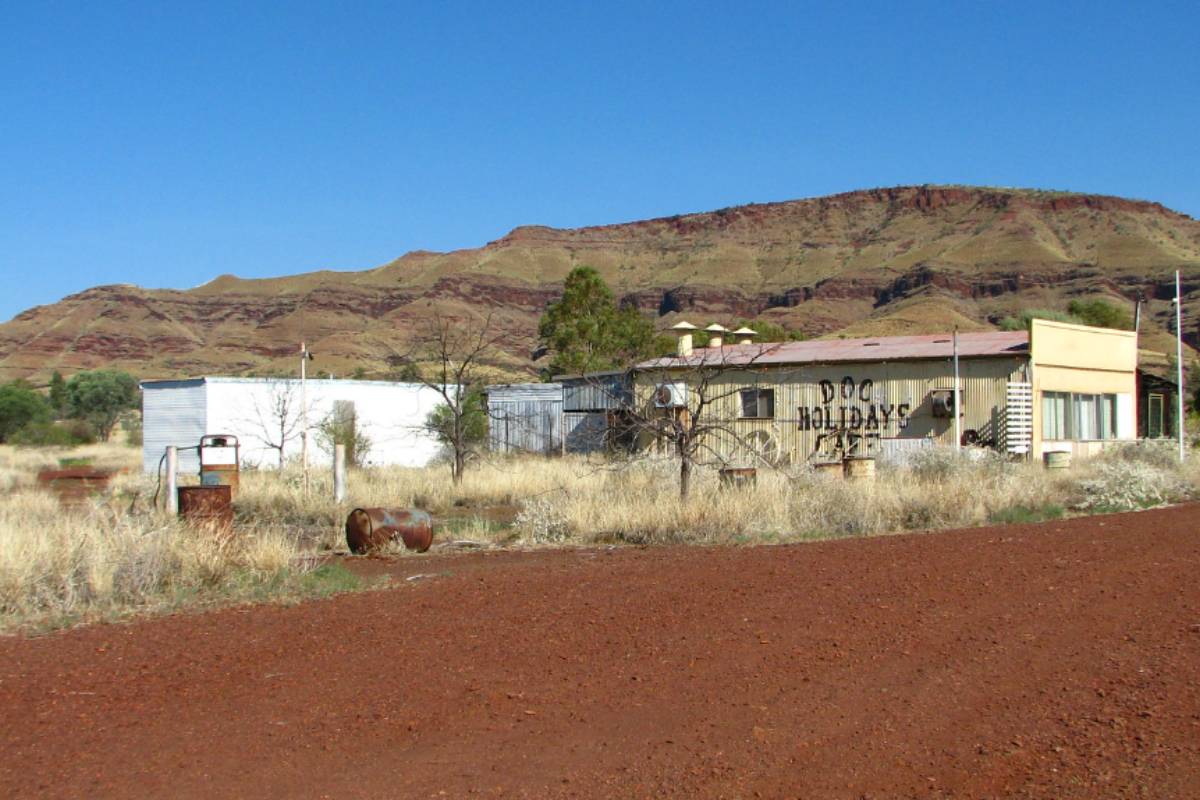
Once Australia’s only blue asbestos mining town, Wittenoom was a bustling community where miners earned exceptional wages. The town featured modern amenities unusual for remote Western Australia, including an Olympic-sized swimming pool and air-conditioned homes.
Workers could earn enough in a few months to buy new cars or put down house payments. Now officially erased from maps due to asbestos contamination, the town stands as a ghost town with only two permanent residents.
Centralia, Pennsylvania, USA
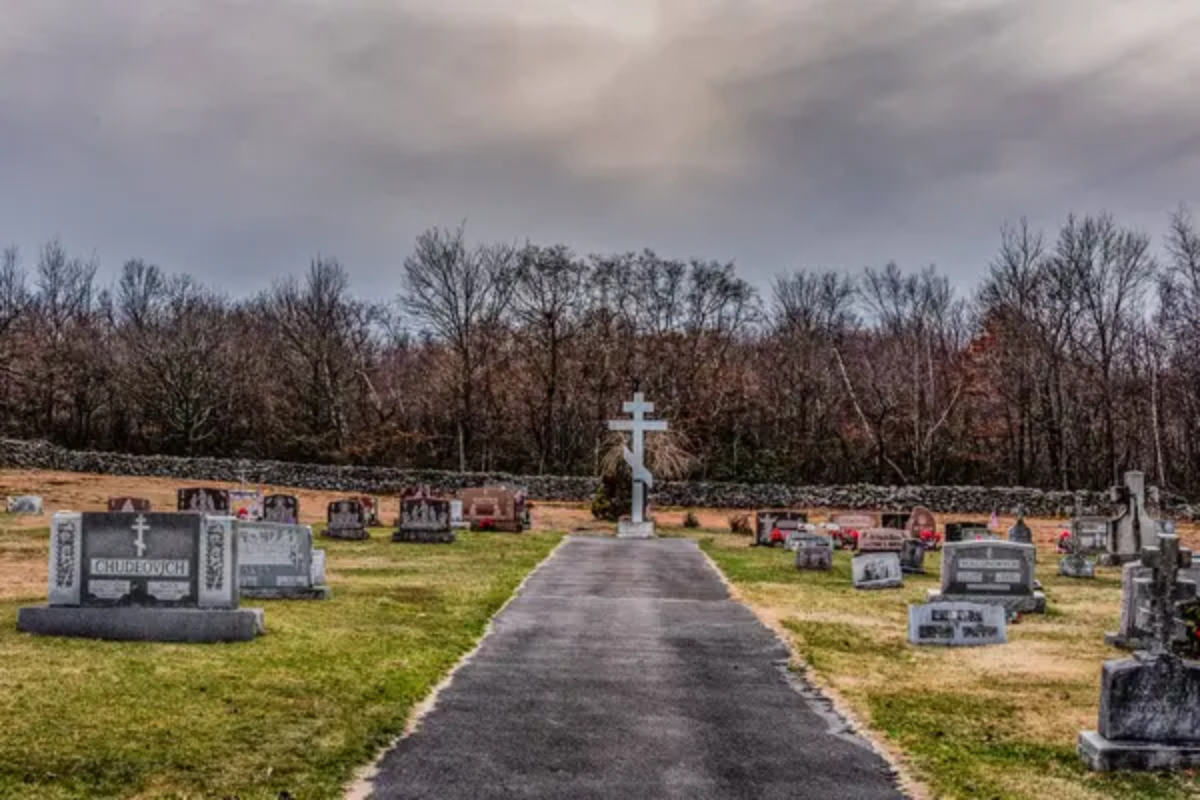
This coal mining town was once among Pennsylvania’s wealthiest small communities, with miners earning top wages. The borough featured elegant Victorian homes and busy shops, and it had enough wealth to pave its streets decades before neighboring towns.
Local banks handled millions in miners’ deposits during the town’s peak years. An underground mine fire that has burned since 1962 turned this prosperous town into a near-empty hazard zone.
Jingdezhen, China
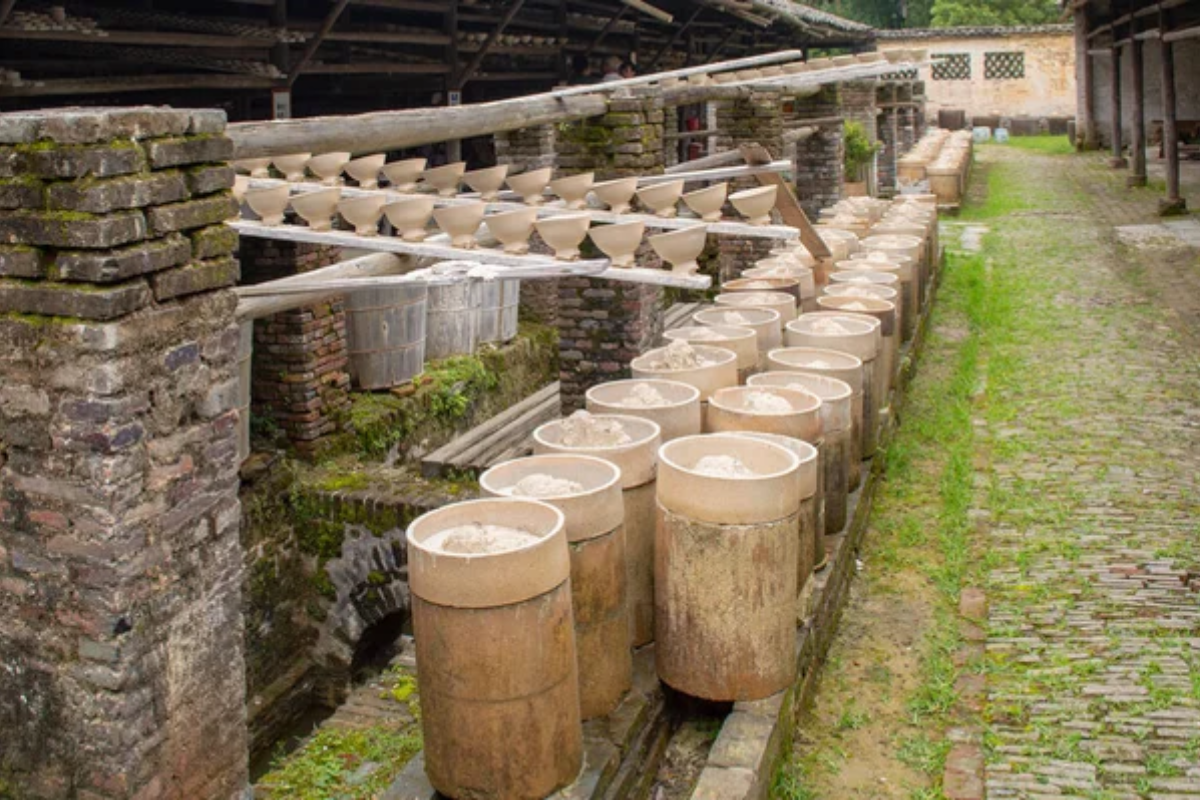
Known as the ‘Porcelain Capital,’ this city once produced imperial porcelain worth more than gold. Artisans earned imperial salaries, creating pieces for the Emperor’s palace and wealthy international buyers.
The city’s kilns ran day and night, producing the world’s finest porcelain for over a thousand years. While still inhabited, the city lost its prominence and wealth with the fall of imperial China, though some traditional pottery workshops remain.
Like Travel Pug’s content? Follow us on MSN.
Skagway, Alaska, USA
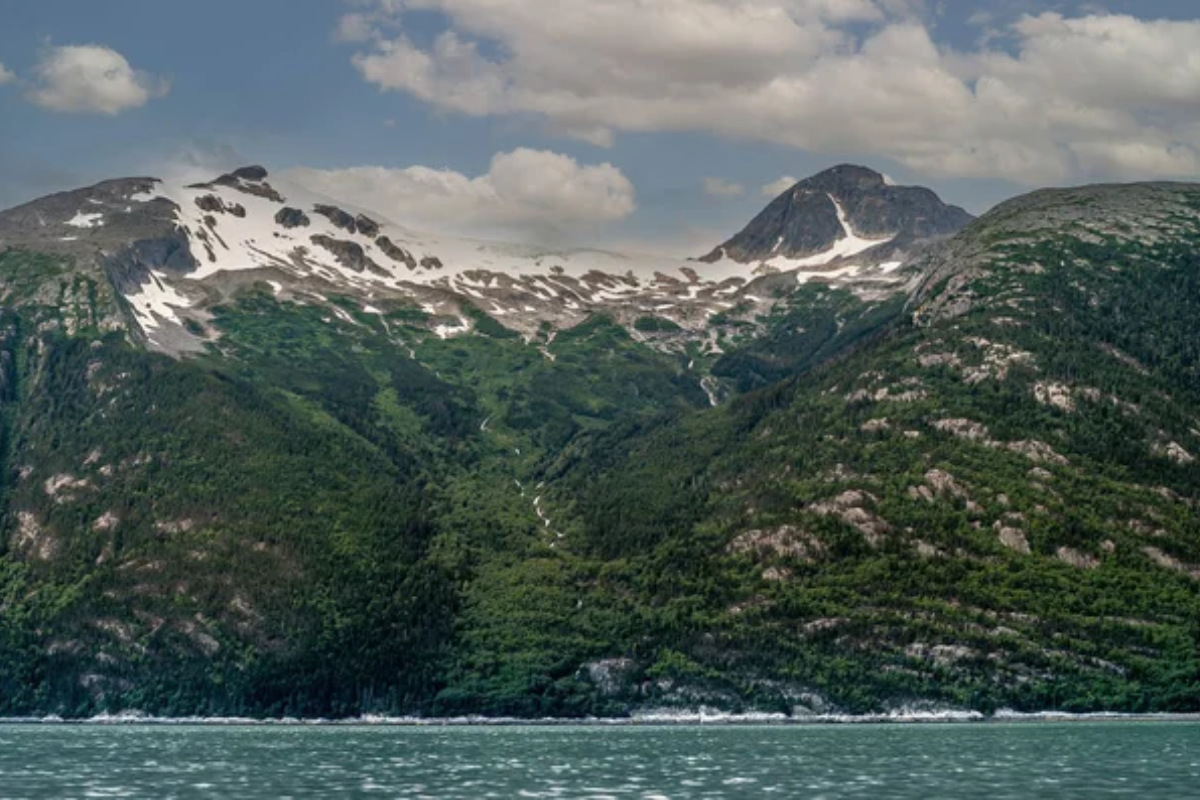
During the Klondike Gold Rush, this port town became known as the ‘Gateway to the Yukon,’ with gold dust used as everyday currency. The town’s saloon owners and merchants made fortunes catering to prospectors, with some earning the equivalent of millions in today’s money.
Many residents built elaborate Victorian mansions and imported luxury goods from Seattle and San Francisco. Now a tourist town with less than 1,000 year-round residents, Skagway’s golden age exists only in history books.
Detroit Copper Town, Arizona, USA
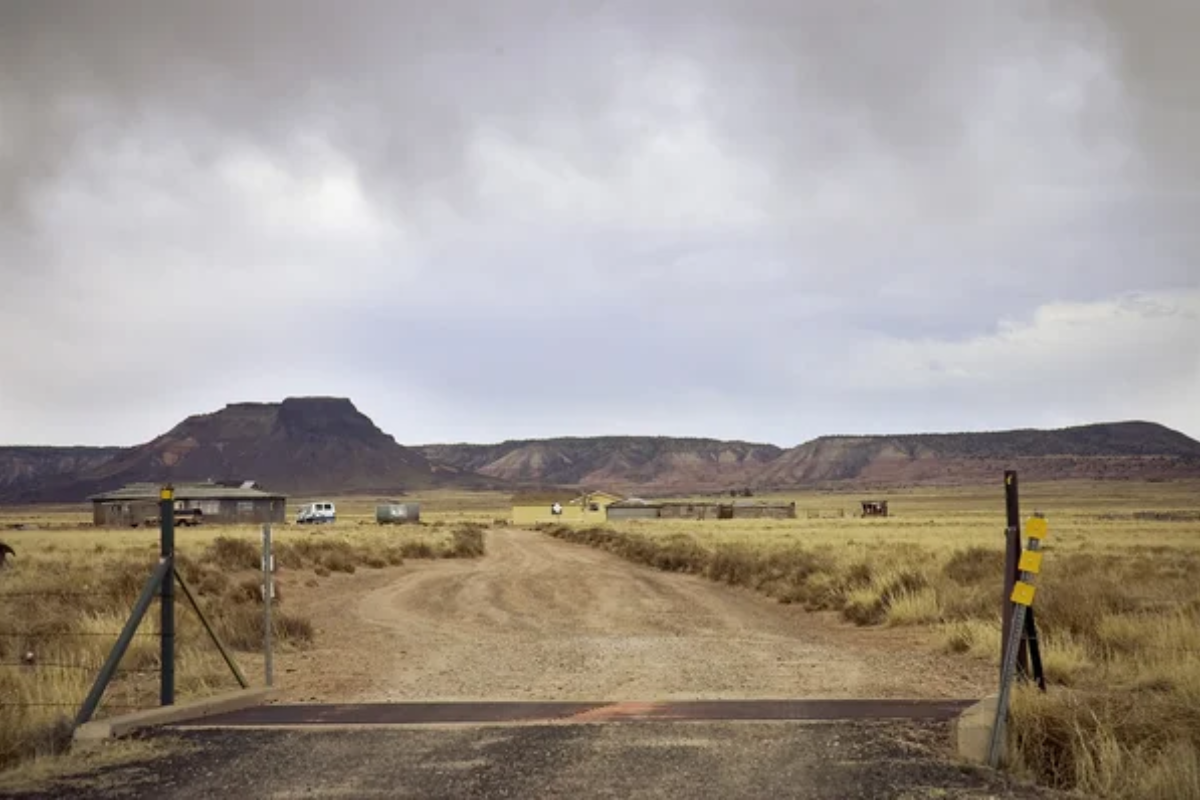
This mining settlement in the Arizona mountains boasted the highest wages in the territory during the copper boom. The town featured an opera house, a brewery, and the territory’s first telephone exchange.
Miners could earn enough monthly to buy prime land or start their businesses. Today, only stone foundations and mining equipment remain of what was once called ‘The Most Modern Mining Town in the World.’
Kiruna, Sweden
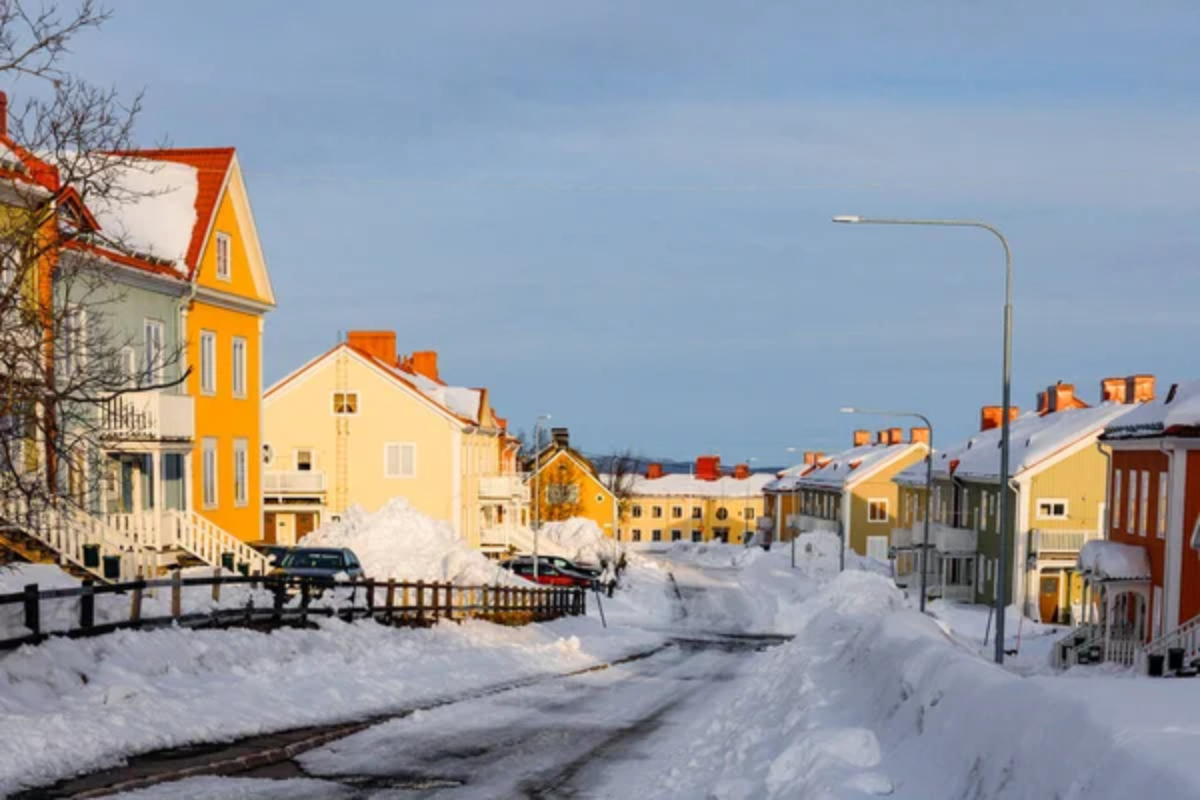
Once Europe’s largest iron ore mine town, Kiruna’s miners were among the highest-paid workers in Scandinavia. The company town featured worker housing that surpassed Swedish standards, including central heating and indoor plumbing, decades before they became standard.
The entire town enjoyed amenities unusual for the Arctic Circle, including heated streets and an underground church. The town is moving as mining operations threaten to collapse the ground beneath the original town site.
Like Travel Pug’s content? Follow us on MSN.
Port Royal, Jamaica
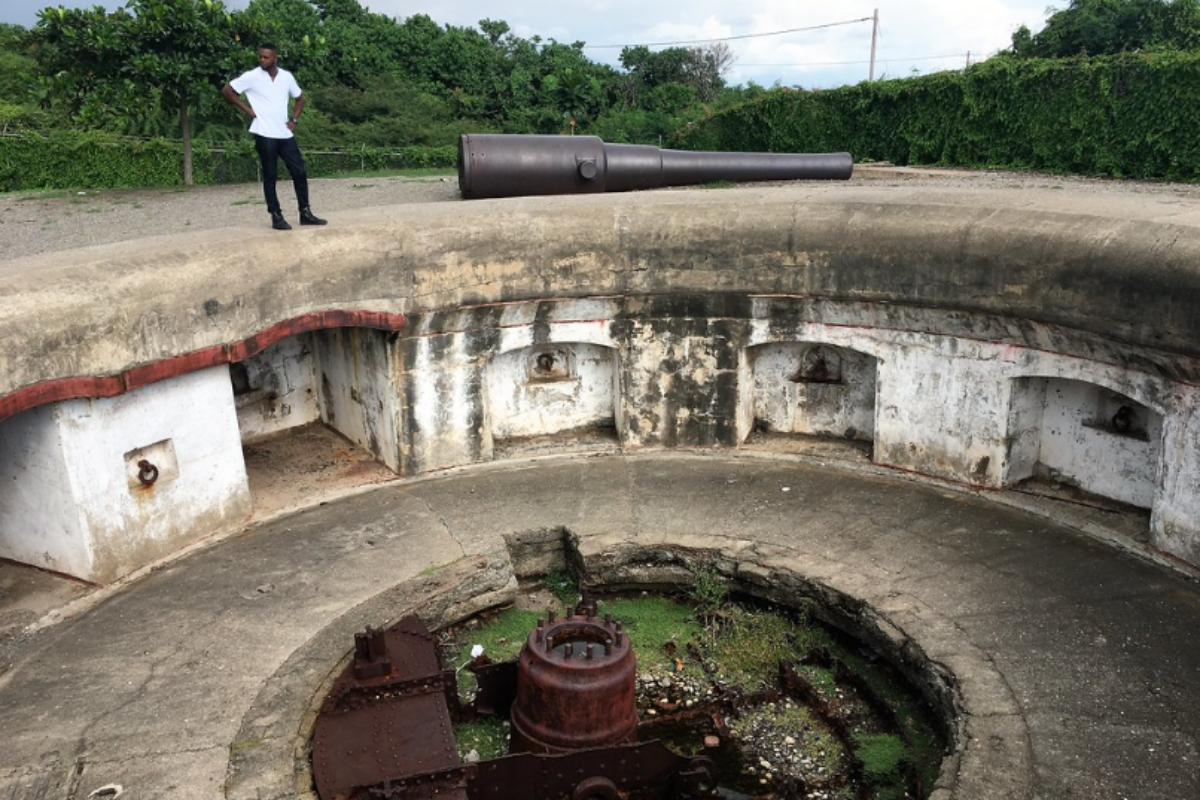
Before an earthquake sank it in 1692, Port Royal was called the ‘richest and wickedest city in the world,’ home to wealthy merchants and privateers. The city’s tavern keepers earned more daily than most Caribbean planters made in a year.
Residents built elaborate multi-story brick homes and spent fortunes on imported luxuries from Europe. Most of the original city lies underwater, with only a small fishing village above the waves.
Bodie, California, USA
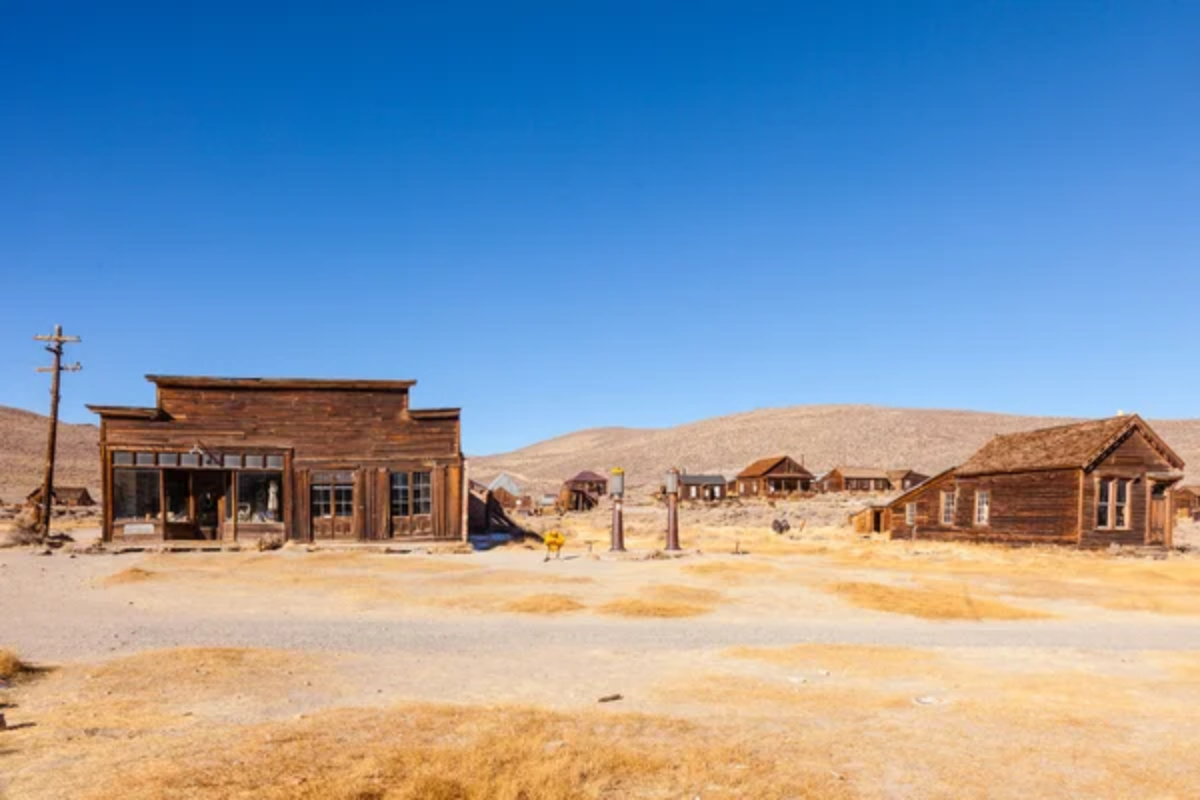
This Wild West gold mining town produced over $34 million in precious metals, creating countless millionaires overnight. Miners earned up to $1,000 a week in the 1880s money, leading to a boom in luxury businesses and services.
The town supported 65 saloons, with some bartenders earning more than bank presidents in San Francisco. Now a ghost town preserved in a state of ‘arrested decay,’ Bodie’s empty buildings still contain furnishings from its wealthy past.
Ruby, Arizona, USA
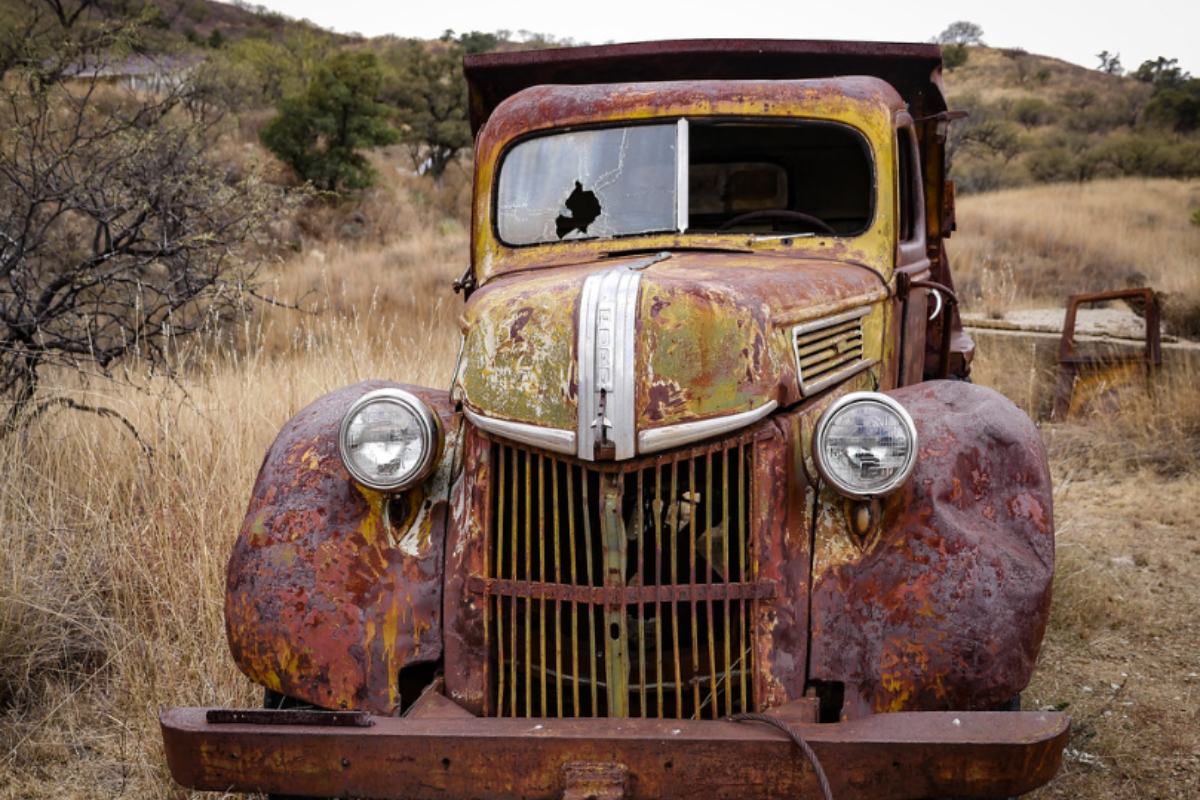
This mining camp became Arizona’s largest zinc and lead producer, making its residents some of the territory’s wealthiest citizens. The town featured a school with the highest-paid teachers in the state and a company store that stocked luxury items from around the world.
Miners could earn enough in six months to buy ranches in the surrounding valleys. Today, Ruby is a ghost town, its buildings slowly deteriorating under the desert sun.
Like Travel Pug’s content? Follow us on MSN.
Thurber, Texas, USA
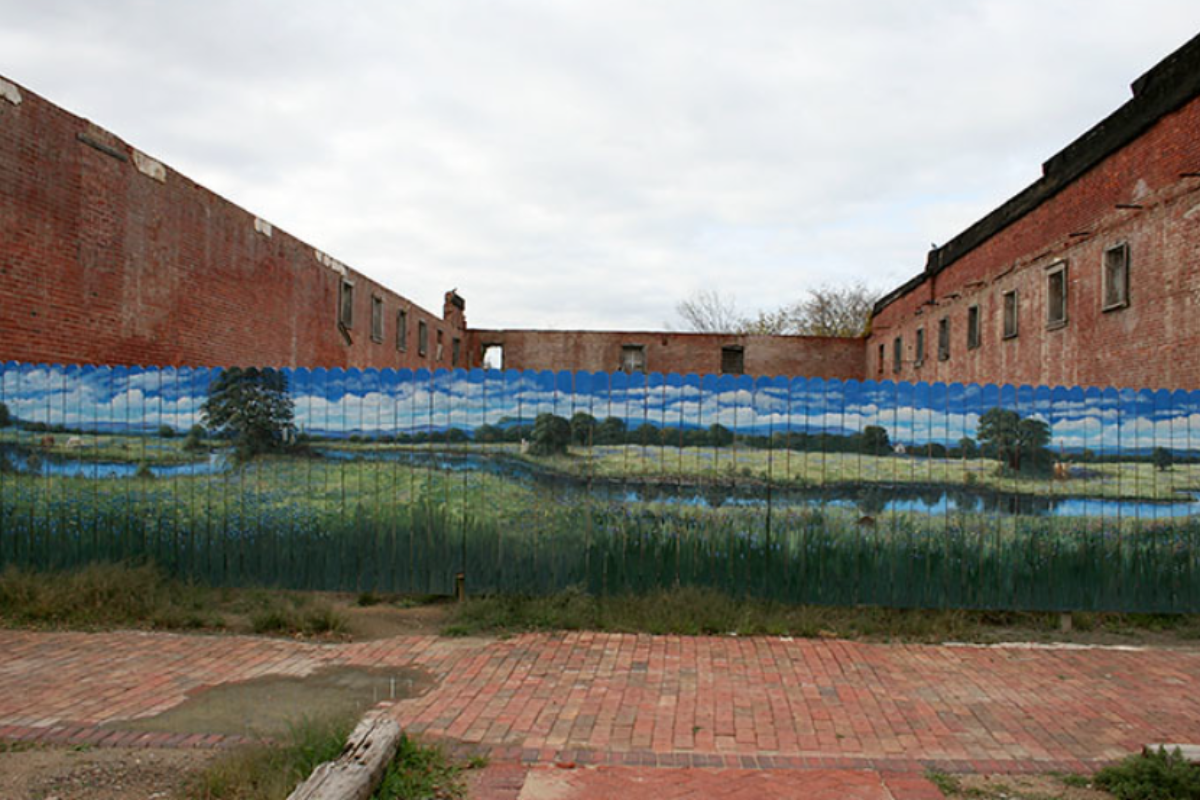
This company town was once the largest coal mining city between St. Louis and the Pacific coast. Miners received the highest wages in Texas, and the town boasted the state’s first power plant and opera house.
During its peak, the city’s stores sold more silk shirts and fancy shoes than work clothes. When oil replaced coal as Texas’s primary fuel source, Thurber became a ghost town almost overnight.
Jerome, Arizona, USA
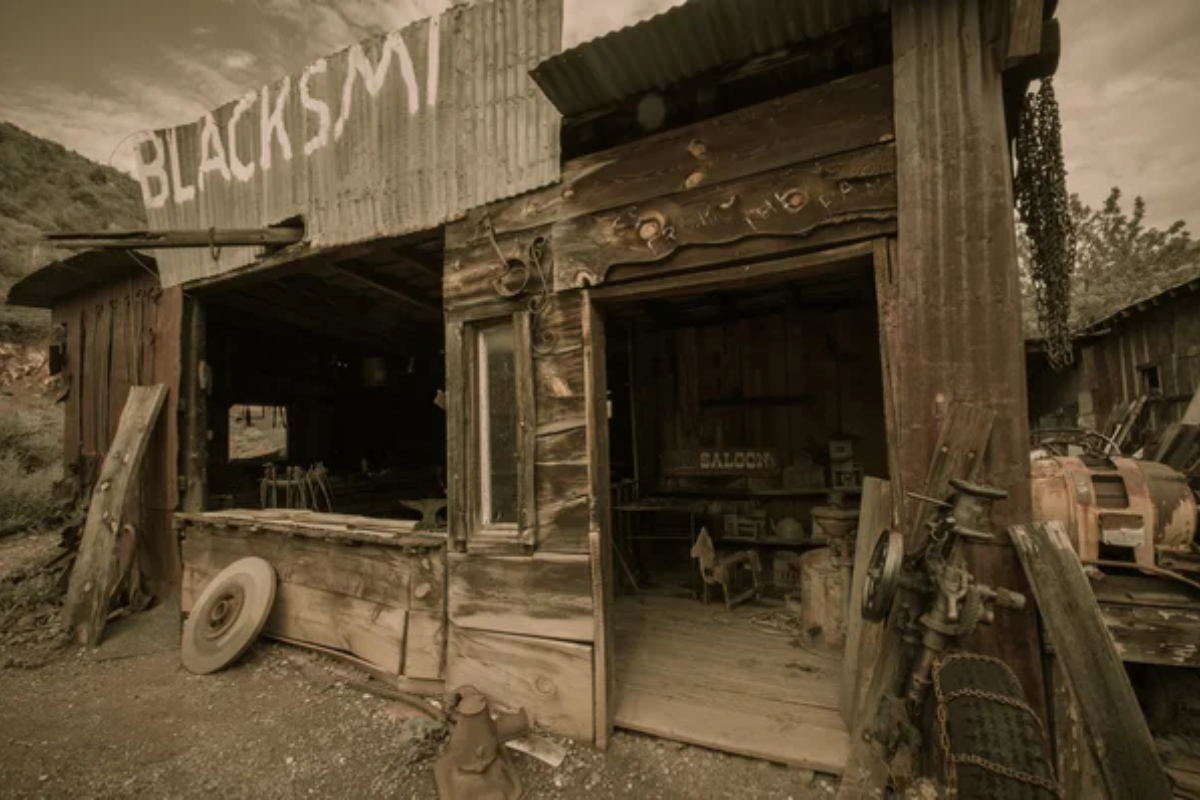
Nicknamed the ‘Billion Dollar Copper Camp,’ Jerome’s mines produced wealth that built San Francisco mansions and funded European aristocrats. The town’s hilltop location earned it the nickname ‘The City in the Sky,’ with wealthy residents enjoying spectacular views from their Victorian mansions.
Local saloon owners became millionaires, catering to miners who earned the highest wages in the territory. Now a quirky tourist town with barely 450 residents, Jerome’s wealthy mining days are just a memory.
Mogul, Nevada, USA
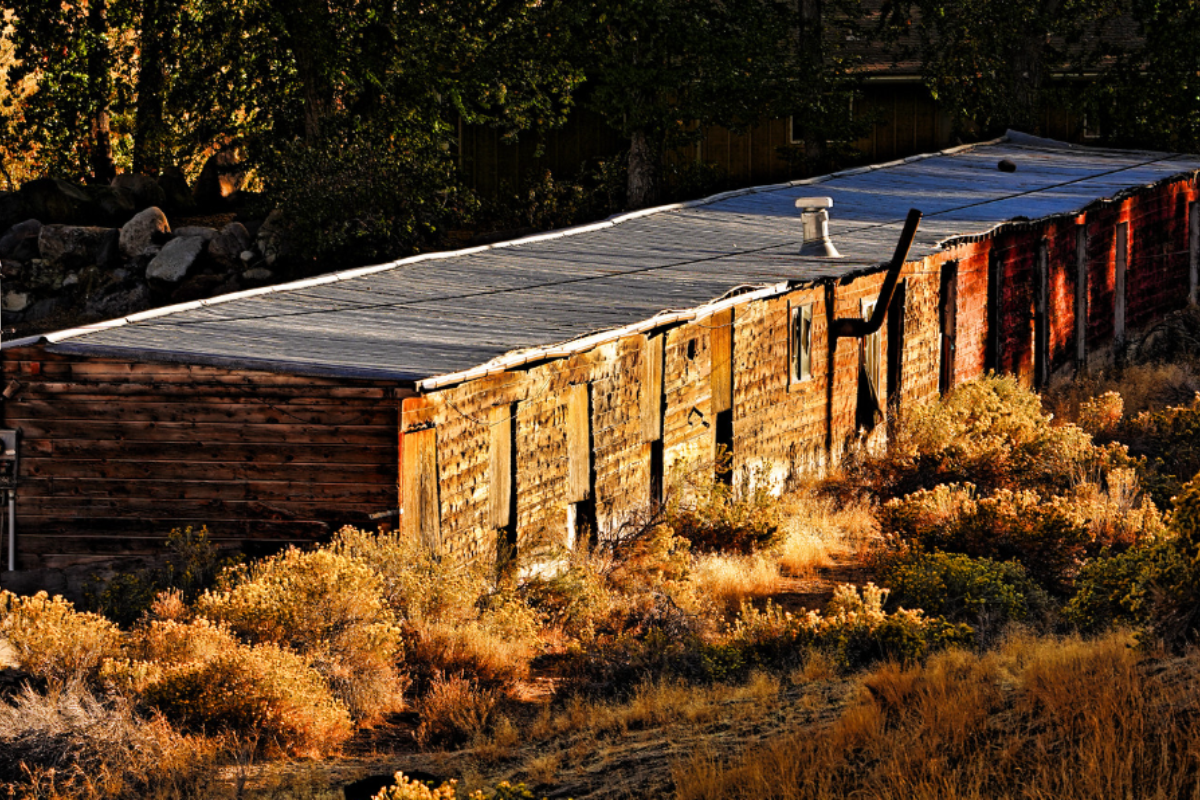
This tungsten mining town offered the highest mining wages in Nevada during World War I. Workers lived in modern homes with electricity and running water decades before such amenities reached other rural Nevada communities.
The company store stocked imported delicacies and fine clothing typically found only in big-city department stores. Today, only concrete foundations and rusty machinery mark the site of what was once called ‘The Richest Little Mining Camp in the West.’
Like Travel Pug’s content? Follow us on MSN.
Yesterday’s Gold, Tomorrow’s Ghosts
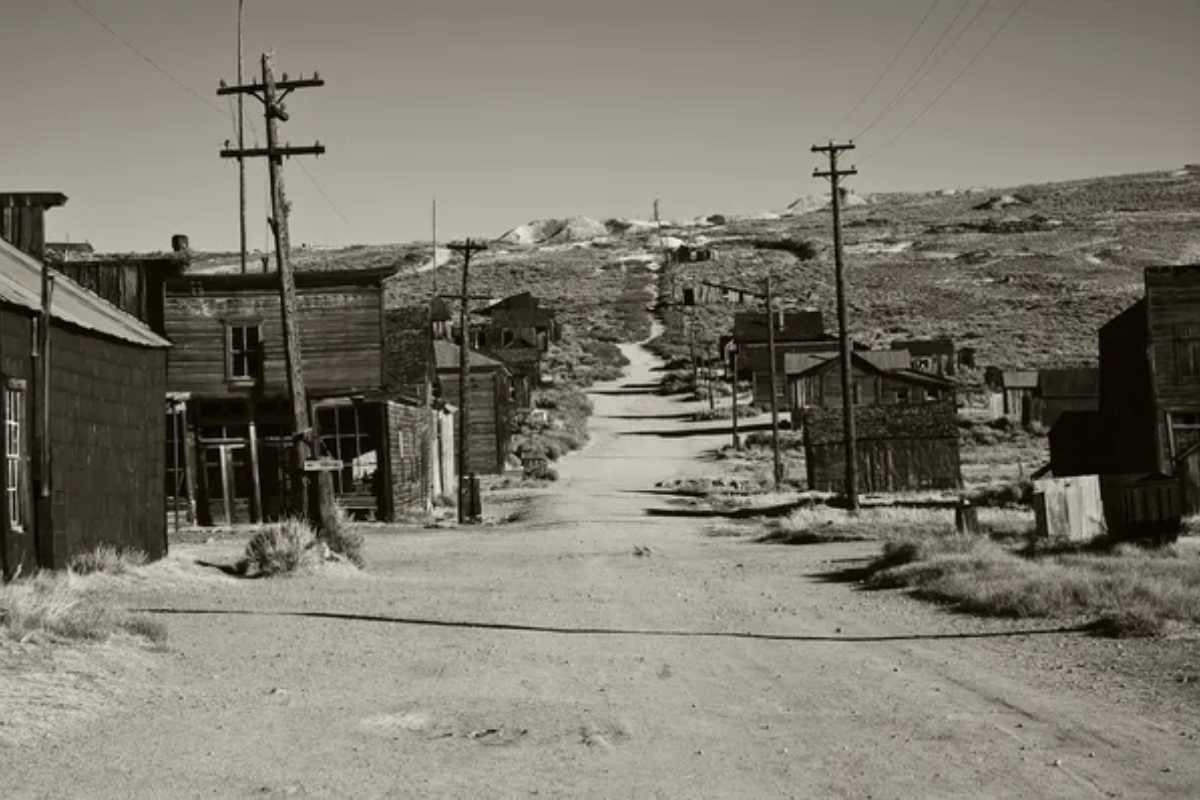
These places remind us that economic fortunes can change dramatically over time, transforming bustling centers of wealth into quiet monuments to past prosperity. Their stories echo through empty streets and abandoned buildings, teaching valuable lessons about the temporary nature of material success.
What’s most striking about these forgotten places is their lost wealth and how quickly circumstances changed. These communities, once symbols of prosperity and progress, now serve as reminders that no economic boom lasts forever.
Yet they’ve left behind fascinating stories and architectural treasures that continue to capture our imagination.
More from Travel Pug

- 20 Towns Built for One Purpose That Were Later Abandoned
- 15 Hidden Spots in Disney World’s Magic Kingdom Most Visitors Miss
- 20 Photos of the World’s Most Beautiful Glacial Lakes
- 15 Canyons in the U.S. That Are Just as Stunning as the Grand Canyon
- 10 Under-the-Radar Mountain Towns That Are Both Affordable and Beautiful
Like Travel Pug’s content? Follow us on MSN.
